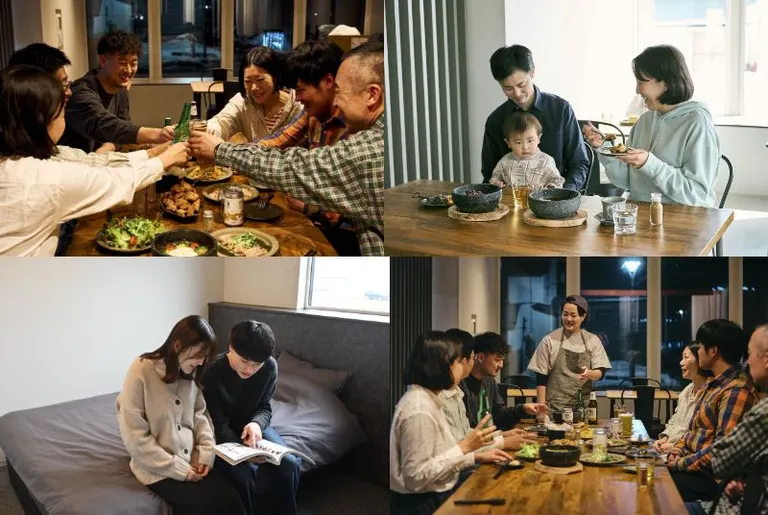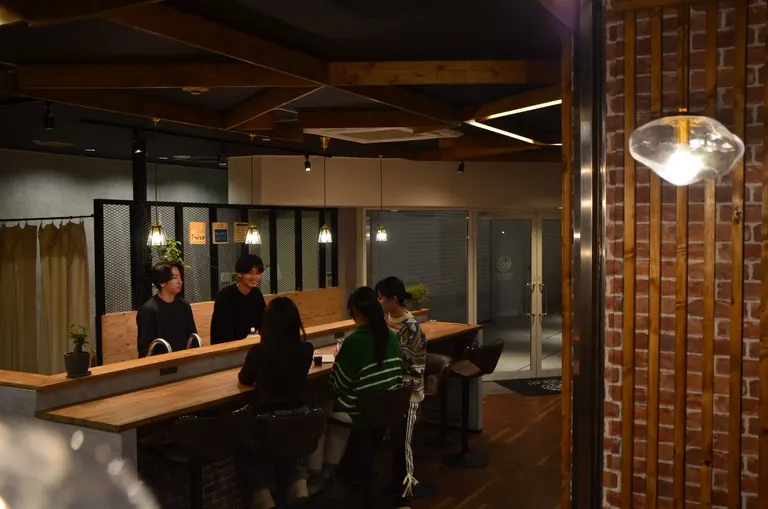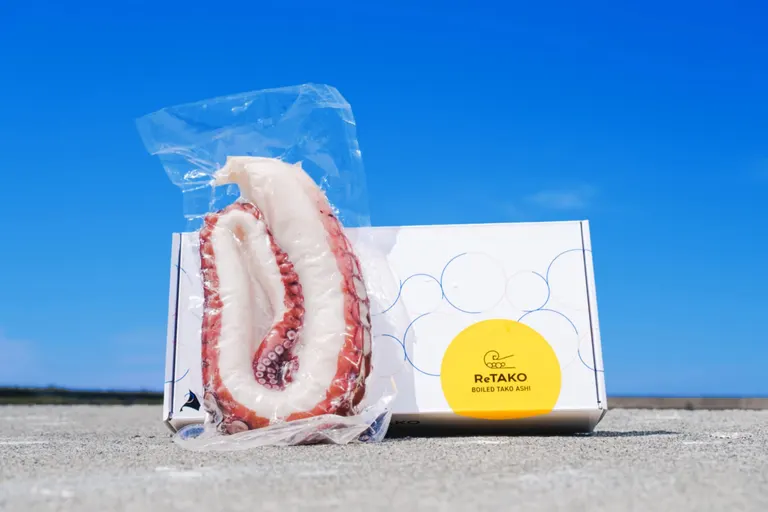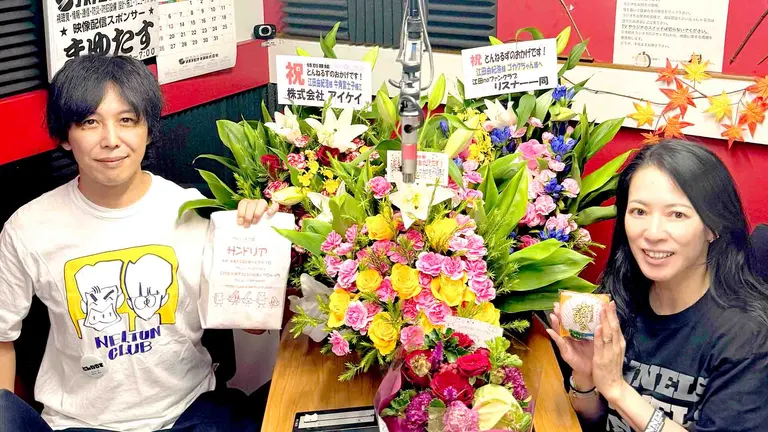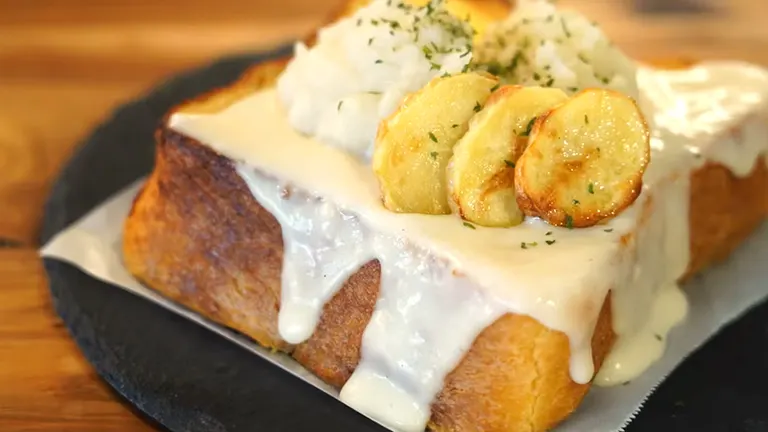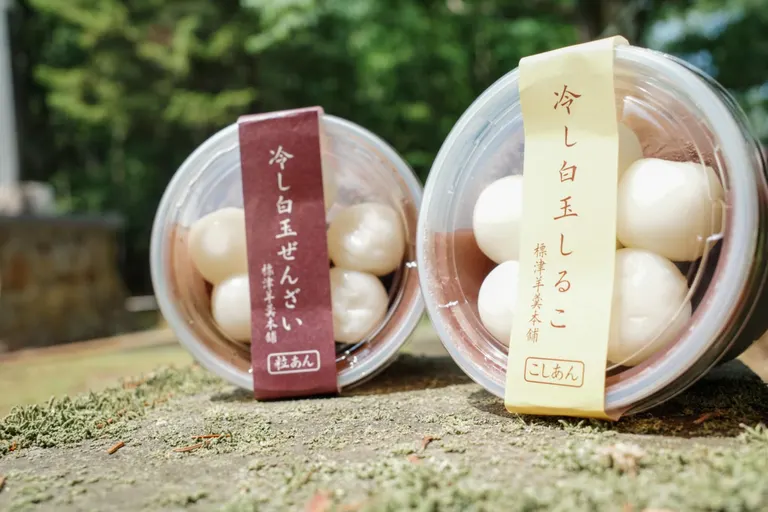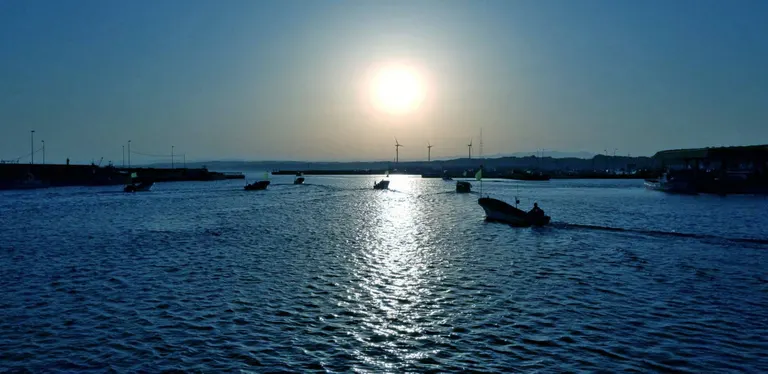
ARTICLES
Tomamae Town fishermen aim for sustainable fishing so that the ocean will continue to be a place where giant octopuses can be caught for a long time to come
table of contents 1. He changed his career from wanting to become a teacher to becoming a fisherman. 2. In his second year as a fisherman, he started "barrel fishing" for giant octopus. 3. Until when can we fish? 4. Persuading my fellow fishermen was more difficult than I expected. 5. The population related to fishing, including both catchers and buyers. 6. Some things can only be born from interacting with different industries.
He changed his dream of becoming a teacher to become a fisherman.
Ogasawara grew up watching his father, a fisherman, and his mother helping him. When he was a child, he would wake up in the morning to find food and clothes waiting for him, but his parents would already be gone to work and not be seen. Although he sometimes felt lonely, he said, "I felt that I could rely on him when I saw my father working as a fisherman up close."
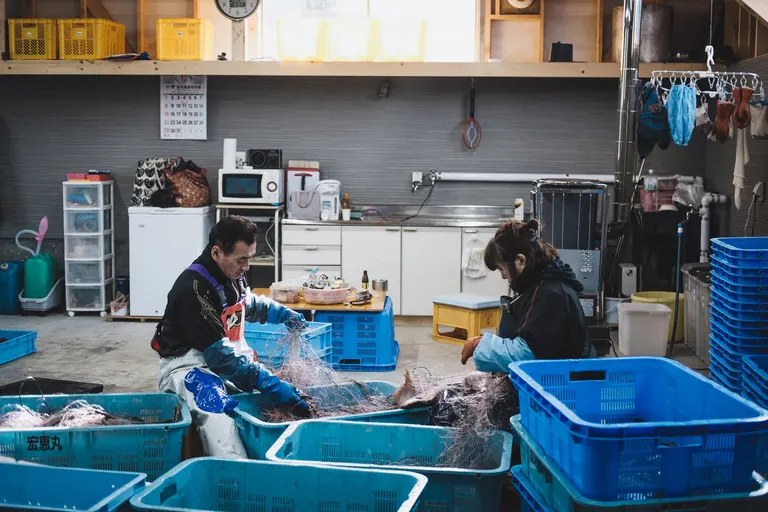
Ogasawara's parents
"When I was in elementary school, I asked my father what I should do for my summer vacation research project. He said, 'Let's make a fish print,' so I made a fish print of a huge flounder that my father had caught. I think only a fisherman's son could have such an experience." While Ogasawara knew how hard the job of a fisherman was, he also found it interesting, but he didn't want to become a fisherman from the beginning. Ogasawara, who was a rugby player, dreamed of continuing to play rugby at university and becoming a junior high school teacher in the future. "Then, one day during my third year of high school, my father injured his leg while fishing and we were told that there was a possibility that he would have to have his leg amputated. If my father couldn't go out fishing, someone would have to feed the family. It was time to decide on my future career, so I decided to give up going to university and become a fisherman."
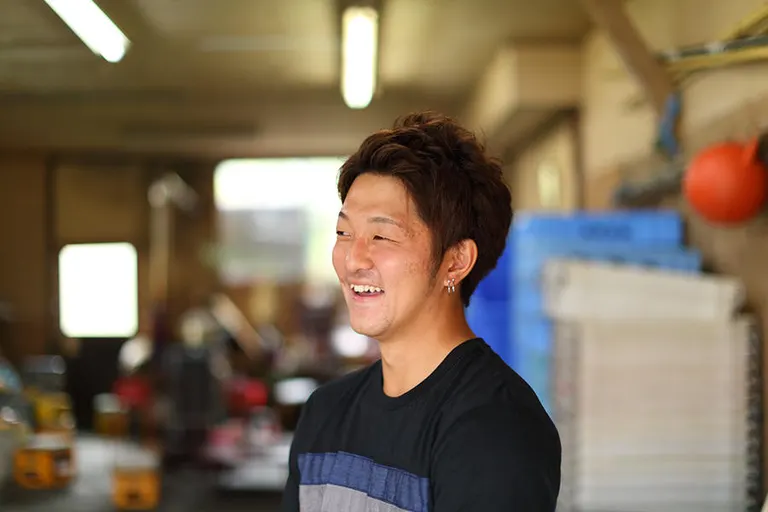
Mr. Ogasawara, a new fisherman
You never know what's going to happen in life. Ogasawara made the decision with a sense of speed, and after graduating from high school, he underwent six months of training at the Hokkaido Fisheries Training Center in Shikabe Town, where he obtained licenses for boats, forklifts, radios, etc. Eventually, after his father had recovered from his injury, he began his career as a fisherman, working as a crew member on his father's boat.
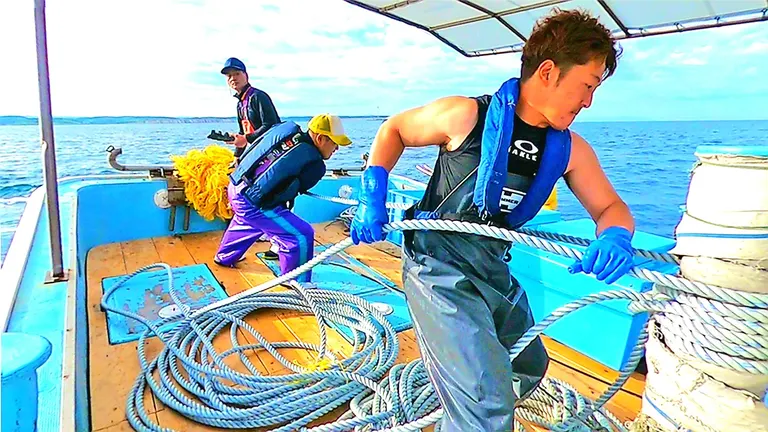

The top photo shows sea cucumber fishing, and the bottom photo shows herring fishing.
In his second year as a fisherman, he started "barrel fishing" for giant octopus.
In his second year, he obtained fishing rights and began barrel fishing for giant octopuses. Barrel fishing is essentially a pole-and-line fishing method for giant octopuses. A tool is used, with a barrel on one end of a rope and a grub on the other. The grub is thrown into the sea and allowed to sink, while the barrel is left floating. The giant octopus will mistake the grub for an enemy and attack, and get caught on the hook. The barrel, which has been drifting in the sea with the tide, will suddenly stop moving, and the fisherman, realizing that a giant octopus has been caught there, will reel in the rope and pull the giant octopus back onto the boat.
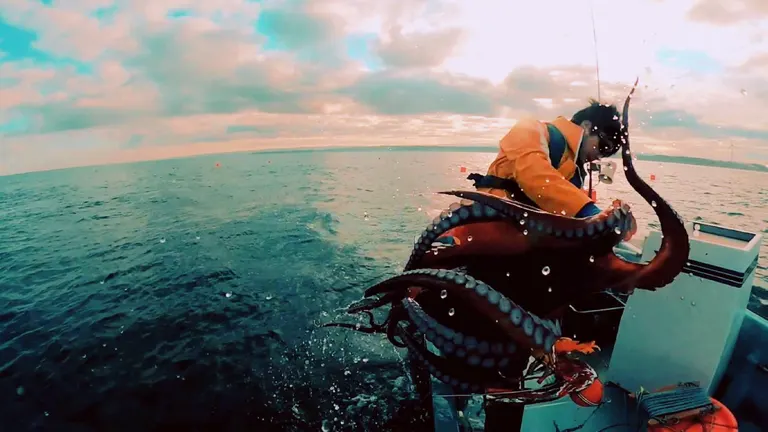
Barrel fishing. The dynamic sight of pulling up giant octopuses.
In Tomamae, many fishermen use small boats and cannot go far offshore, so barrel fishing is carried out from spring to summer when the giant octopuses approach the shore. Outside of that time, the mainstream fishing method is "octopus box fishing," in which boxes are sunk in the sea and the octopus' habit of getting into tight spaces is utilized. "Barrel fishing is a very complex art. A river flows from upstream to downstream, but the currents of the ocean are invisible to the naked eye. The current can reverse or slow down within an hour. It also changes depending on the weather, and you need to calculate the water depth and the speed of the tide to adjust the length of the rope. It's no exaggeration to say that it requires a lot of experience and skill."
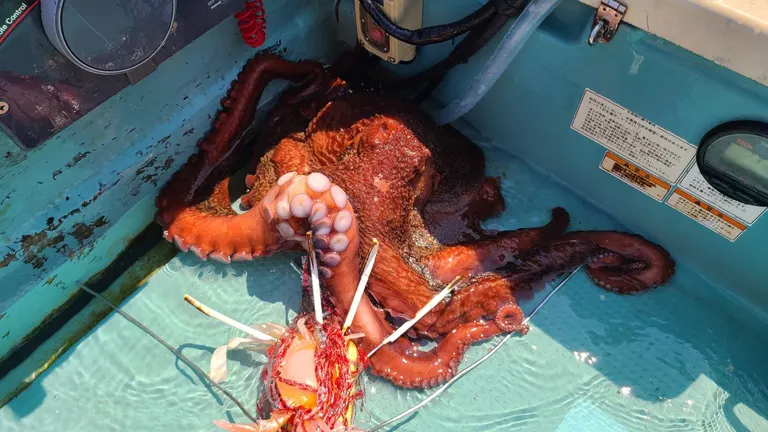
A giant octopus pulled up together with a clam
Until when can we fish?
Before long, Ogasawara began to have a sense of concern about a certain issue. That was, "How long can fishing, Tomamae's core industry, continue?" If we overfish, the giant octopus will eventually disappear. He felt strongly that "First of all, we need to make Tomamae's fishing industry sustainable." There was a trigger that made him think this way. While working as a fisherman, Ogasawara has been involved in town development with his seniors since around 2012. They mainly take local children camping, giving them the opportunity to experience farming and fishing, and helping them learn about the good things about Tomamae.
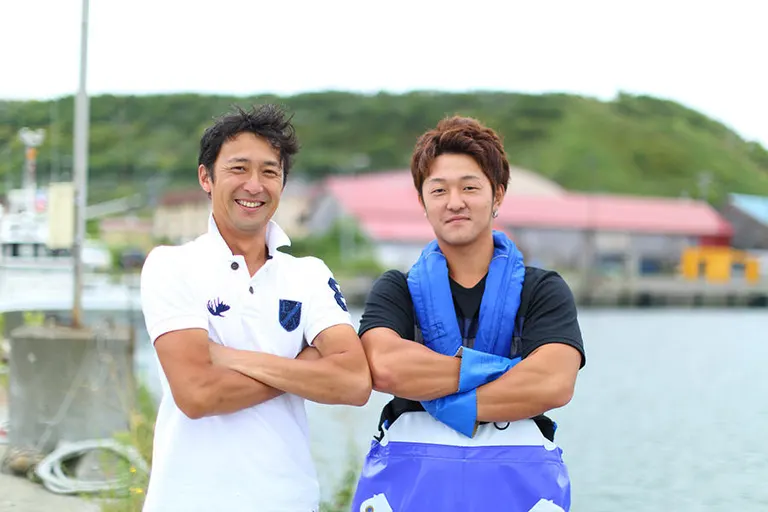
With my respected senior colleague, Nishi Taishi (left), who is working with me on town development
"After graduating from high school, many children leave town. It's a little sad to imagine them telling their university friends or coworkers, 'There's nothing here in Tomamae.' If they can get to know and experience the local primary industries, maybe they'll be proud of their hometown when they do leave."
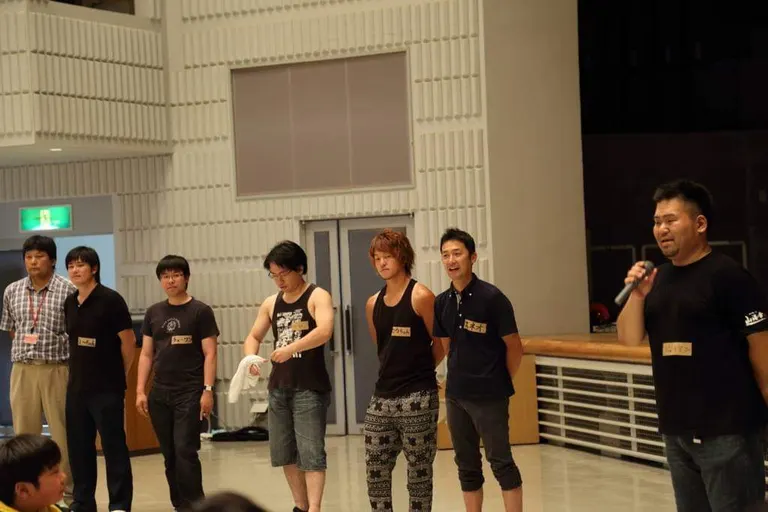
A scene from the town development project. Mr. Ogasawara is third from the right.
To achieve this, he wants to make the primary industry sustainable, starting with his own field, the fishing industry. With this in mind, he started the Fisheries Improvement Project in 2019. This is also known as the Fisheries (Aquaculture) Improvement Project (FIP), and is a project that improves the sustainability of fishing to a level that can be certified. There are only a few examples of this in Japan, and Ogasawara is the first in Hokkaido.
Convincing my fellow fishermen was more difficult than I expected.
So, how exactly did you start? "We started by collecting data from fishermen who were using drift barrels to fish. We listened to their comments, such as, 'There were a lot of octopus this year,' or 'There were not many,' and when the numbers started to decrease, we decided to cut back on fishing. We decided on rules like this in advance and tried to make them applicable at any time." It's much easier to increase it to 2 while you still have 1 than to go back to 1 after it becomes zero. And it's meaningful because it's done by everyone, not just one person. Ogasawara wanted to take measures before the resources ran out, but it was still difficult to get it on track.
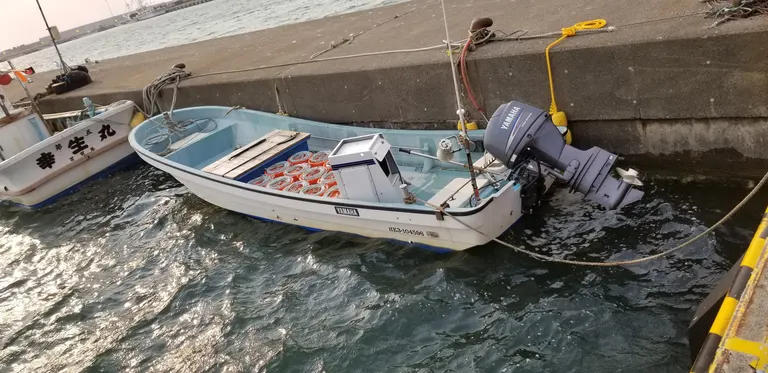
"First, I held a meeting to explain the purpose of this project and ask for their cooperation. However, at first, everyone responded, 'What are you talking about?' I think one reason was that my explanations were not yet clear, but even after holding several meetings, some people were too busy to show up, so we couldn't get off to a good start." The first meeting was held in 2017. For the next two years, Ogasawara continued to persuade his fellow fishermen. He personally visited the homes of those who could not attend the meetings and carefully explained the situation to them, telling them sincerely, "I want to somehow ensure that everyone can continue to earn a living. I'll take care of the difficult parts. I'll try not to cause them any trouble." Eventually, more people agreed with the idea, and the project moved forward little by little. Ogasawara himself says that he wasn't sure what to expect until it began, but he just thought it was important to take action.
Both the catchers and the buyers are part of the fishing industry.
At the same time, I am currently working on another project. "We plan to commercialize boiled Pacific octopus and start selling it in June. It's easy to understand if we say it's a sixth-sector industrialization of fisheries, but that's not all there is to it, so we're looking into creating various mechanisms."
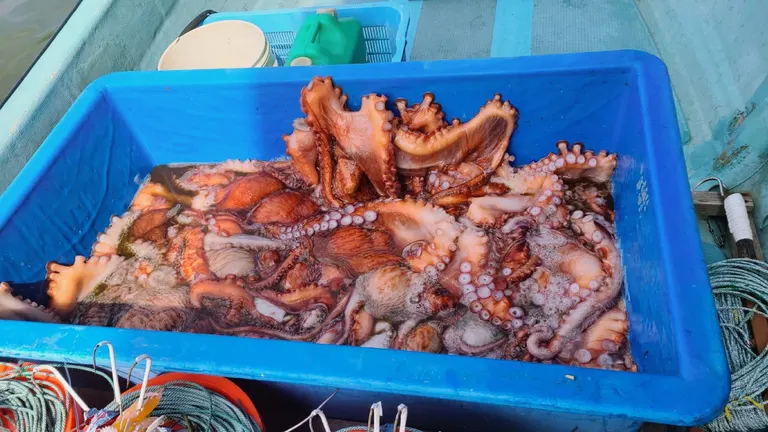
For example, if you catch 1 ton of Pacific octopus, that's about 100 octopuses, each weighing 10 kg. When processing 100 octopuses, you can make 8 legs + 2 heads = 10 products. In other words, 100 Pacific octopuses can produce 1,000 products. "When I sell these directly to consumers through my personal e-commerce site, I don't have to pay the middleman's margin, so my profits are double compared to when I sell them wholesale. In other words, even if I limit my catch to 500 kilos instead of the usual one ton, I still make a living because I'll make a profit for one ton. And if the 500 kilos of octopus that I didn't catch are released back into the sea and another fisherman catches one, that will be his income." In addition, if the rule is made to release the giant octopuses that weigh less than 10kg each, they will grow big and will also breed. The product name is "ReTAKO," combining "TAKO" with "Re." It expresses the hope that giant octopus fishing will remain sustainable for 100 years to come.
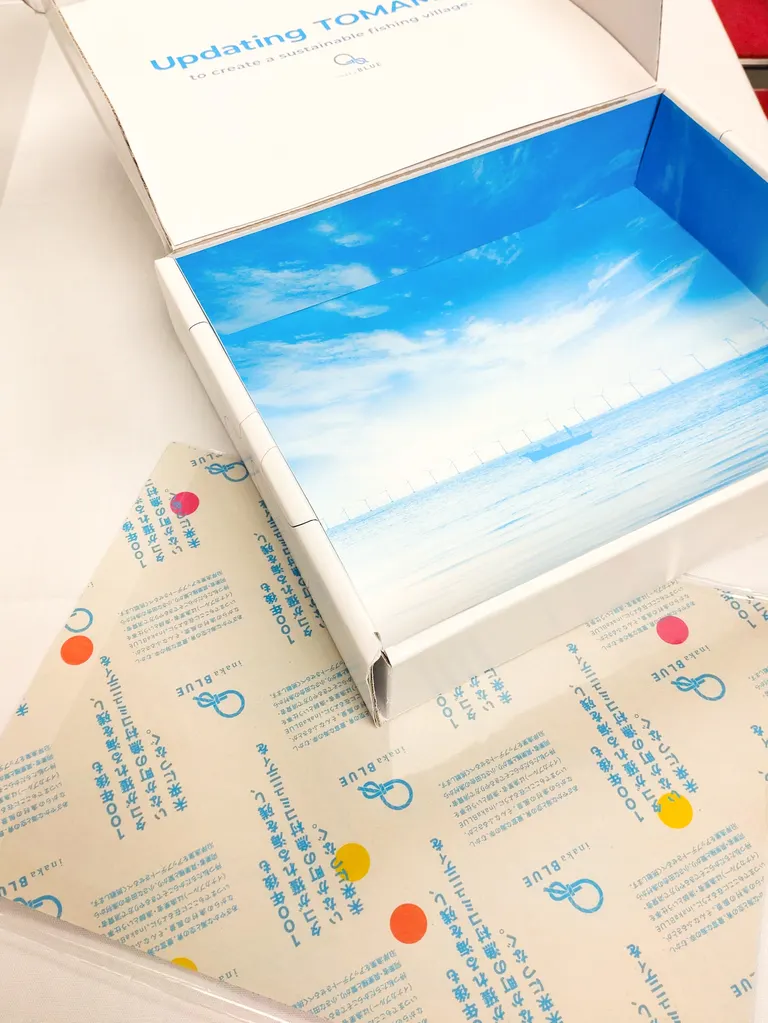
The ReTAKO package was entered into a package design contest run by the Hokkaido Bureau of Economy, Trade and Industry, and was the recipient of the Bureau Director's Award.
"When customers buy octopuses, I am able to return them to the sea. I will continue to post information about giant octopus fishing and commercialization on social media. I would like customers to see the information, connect with us, and become part of the fishing community." ReTAKO operates under the name "inakaBLUE." With the motto of "preserving the ocean where octopus can be caught for 100 years to come, and connecting the rural fishing village community to the future," the group will continue to expand the scope of their activities.
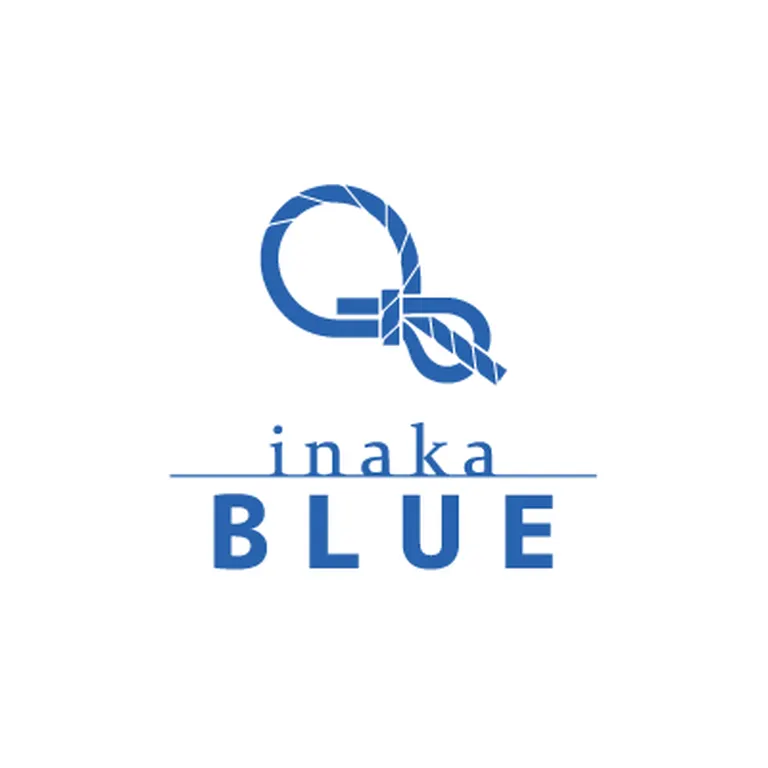
Some things can only be born from interacting with different industries.
The Fisheries Improvement Project began with Ogasawara's encounter with Murakami Shunji, who works as a seafood consultant. Ogasawara's senior fisherman asked Murakami, "I'd like to hear some interesting fishermen's stories. Do you know anyone?", which is how the two met. Murakami sympathized with Ogasawara's passion for the fishing industry in Tomamae and told him about an initiative called the Fisheries Improvement Project (FIP). "As a fisherman, I don't often leave town and I don't have many opportunities to connect with people from other industries, but I think that for people living in small communities, seeing the outside world will become increasingly important in the future. I would like to continue communicating with a variety of people."
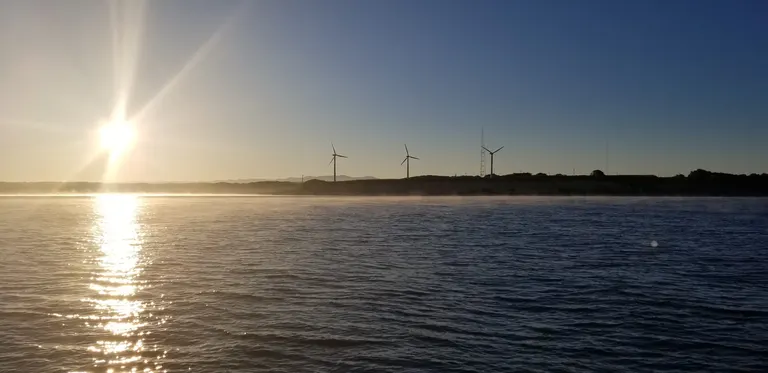
There have been many hardships up until now, but now, quite a few fellow fishermen are interested in the current status of the project and come to ask about its progress. There are also people outside the fishing industry who tell people, "This is what Koichi is doing now." Recently, fishermen from other areas have come to hear him speak, and a university student has used his work as a subject for his graduation thesis, and his activities are gradually becoming recognized beyond the town. "I can't measure my own horizons, so I'm sure there's more I can do. First, I want to get 'ReTAKO' on track, and then I want to find new ways to take it further."
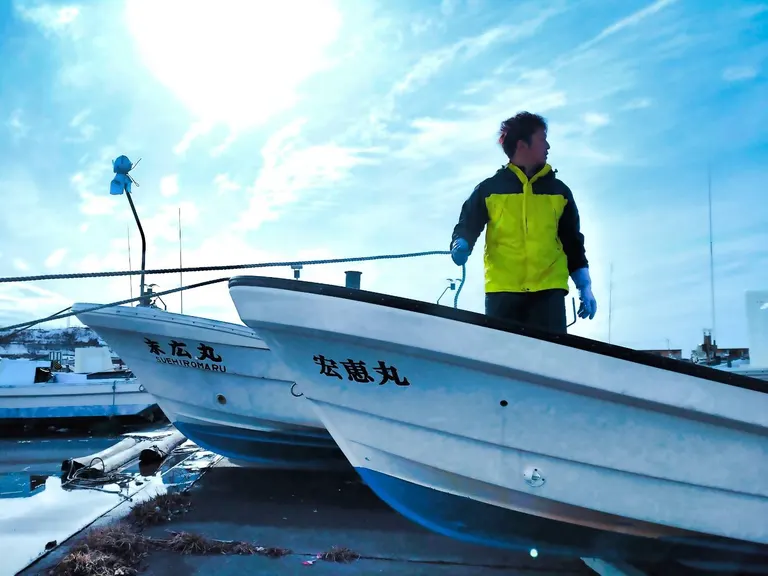
In a small town, if nothing is done, the population will naturally decrease, and all we can do is watch sadly. "That's why we feel a sense of crisis, but at the same time, we want to do something exciting," says Ogasawara. The efforts of the young fishermen have just begun.
Mr. Koichi Ogasawara
Fisherman He works as a fisherman in Tomamae Town, located in the upper left corner of Hokkaido, and is working hard to establish a sustainable fishing industry and a sustainable community.
▼See details about "Koichi Ogasawara" on Domingo Koichi Ogasawara ▼Watch Koichi Ogasawara's YouTube channel Fisherman Takoichi / Left side of Hokkaido
Writer Profile
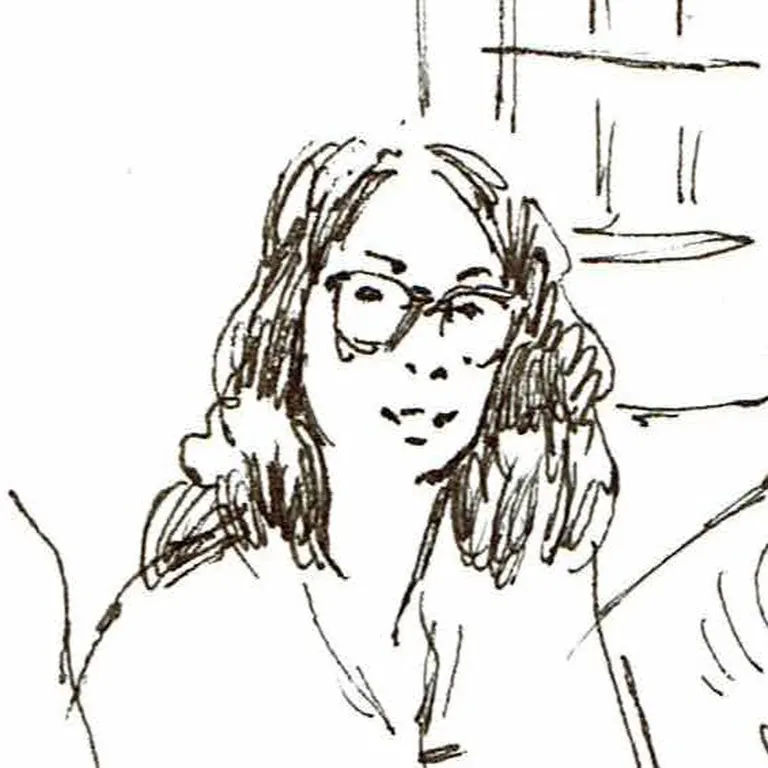 Satoko Nakano
Satoko Nakano
I was born and raised in Tottori Prefecture, the least populous prefecture in Japan. After graduating from high school, I moved to Tokyo and lived there for about 20 years, then moved to Kimobetsu Town with my family in August 2017. I enjoy the clear air and heavy snowfall at the foot of Mt. Yotei, and experience the warmth of the people every day.
You may also want to read this!
Recommended for those who read this article ・Making small towns more convenient, prosperous, and fun through the power of digital technology: A number of projects launched by a former public servant in Morimachi ・Create your own "interesting" experiences. The story of Kinubari Ezomaru, who moved to Kamikawa Town with his friends. Topics near this article ・A journey along the great northern river, Teshio River, where untouched nature and people coexist in harmony. [Scenic Byway Hokkaido (15)] ・A road that everyone dreams of at least once: The Sea of Japan Ororon Line [Scenic Byway Hokkaido (10)]






